Type 4 Collagen Disease
Type 4 collagen disease. The microfibrillar type VI collagen is highly disulfide cross-linked and contrib-utes to a network of beaded filaments interwoven with other collagen. Type-IV collagen related diseases. Youll likely start to notice wrinkles fine lines and a loss of elasticity.
While its structure is also a triple-helix it has more loosely packed fibers. Specifically this gene makes the alpha4 IV chain of type IV collagen. The symptoms severity and age of onset of collagen type VI-related disorders vary greatly.
Ehlers-Danlos Syndrome Ten different types of this disorder which lead to deformities in connective tissue. These diseases include osteogenesis imperfecta many chondrodysplasias several subtypes of the Ehlers-Danlos syndrome Alport syndrome Bethlem myopathy certain subtypes of. Osteogenesis imperfecta type IV OI type IV is a type of osteogenesis imperfecta which refers to a group of conditions that affect the bones.
Type II provides the cushion in the cartilage for your bones and joints. Collagen-related diseases most commonly arise from genetic defects or nutritional deficiencies that affect the biosynthesis assembly postranslational. Mutations or deletions in Col4α5 Col4α3 and Col4α4 chains are involved in Alport syndrome defective glomerular BM and diffused leiomyomatosis a benign smooth muscle tumor.
The critical roles of collagens have been clearly illustrated by the wide spectrum of diseases caused by the more than 1000 mutations that have thus far been identified in 22 genes for 12 out of the more than 20 collagen types. The most well-studied mutations in type IV collagen cause Alport syndrome a chronic kidney disease. This syndrome which presents with kidney ear and eye defects is caused by mutations in COL4A3 COL4A4 and COL4A5 that usually result in lack of collagen.
OI type IV is the most variable form of the condition with symptoms ranging from moderately severe to so mild that it may be difficult to make the diagnosis. M1BC1574 Collagen is a very critical structural protein in many of our connective tissues. Several human genetic diseases provided insights into the physiological role of type IV collagen discussed in this article.
Type 4 OI is the most variable form of brittle bone disease because its symptoms range from mild to severe. The COL4A4 gene provides instructions for making one component of type IV collagen which is a flexible protein.
Type II provides the cushion in the cartilage for your bones and joints.
Alport syndrome ATS is a progressive inherited glomerulonephritis accounting for 1-2 of all patients who start renal replacement therapy with an estimated gene frequency of approximately 1 in 5000. Several human genetic diseases provided insights into the physiological role of type IV collagen discussed in this article. The microfibrillar type VI collagen is highly disulfide cross-linked and contrib-utes to a network of beaded filaments interwoven with other collagen. This type of collagen. As with type 3 OI your body produces enough collagen. Its unique shape gives these structures their incredible strength and elasticity. Type 4 OI is the most variable form of brittle bone disease because its symptoms range from mild to severe. The most well-studied mutations in type IV collagen cause Alport syndrome a chronic kidney disease. Collagen-related diseases most commonly arise from genetic defects or nutritional deficiencies that affect the biosynthesis assembly postranslational.
This type of collagen. This type of collagen. Specifically this gene makes the alpha4 IV chain of type IV collagen. Type IV collagens with a more flexible triple helix assemble into meshworks restrict-ed to basement membranes. Youll likely start to notice wrinkles fine lines and a loss of elasticity. While its structure is also a triple-helix it has more loosely packed fibers. Several human genetic diseases provided insights into the physiological role of type IV collagen discussed in this article.
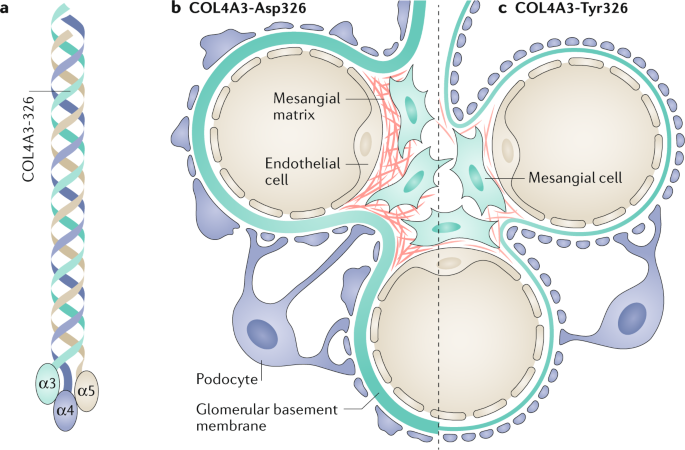


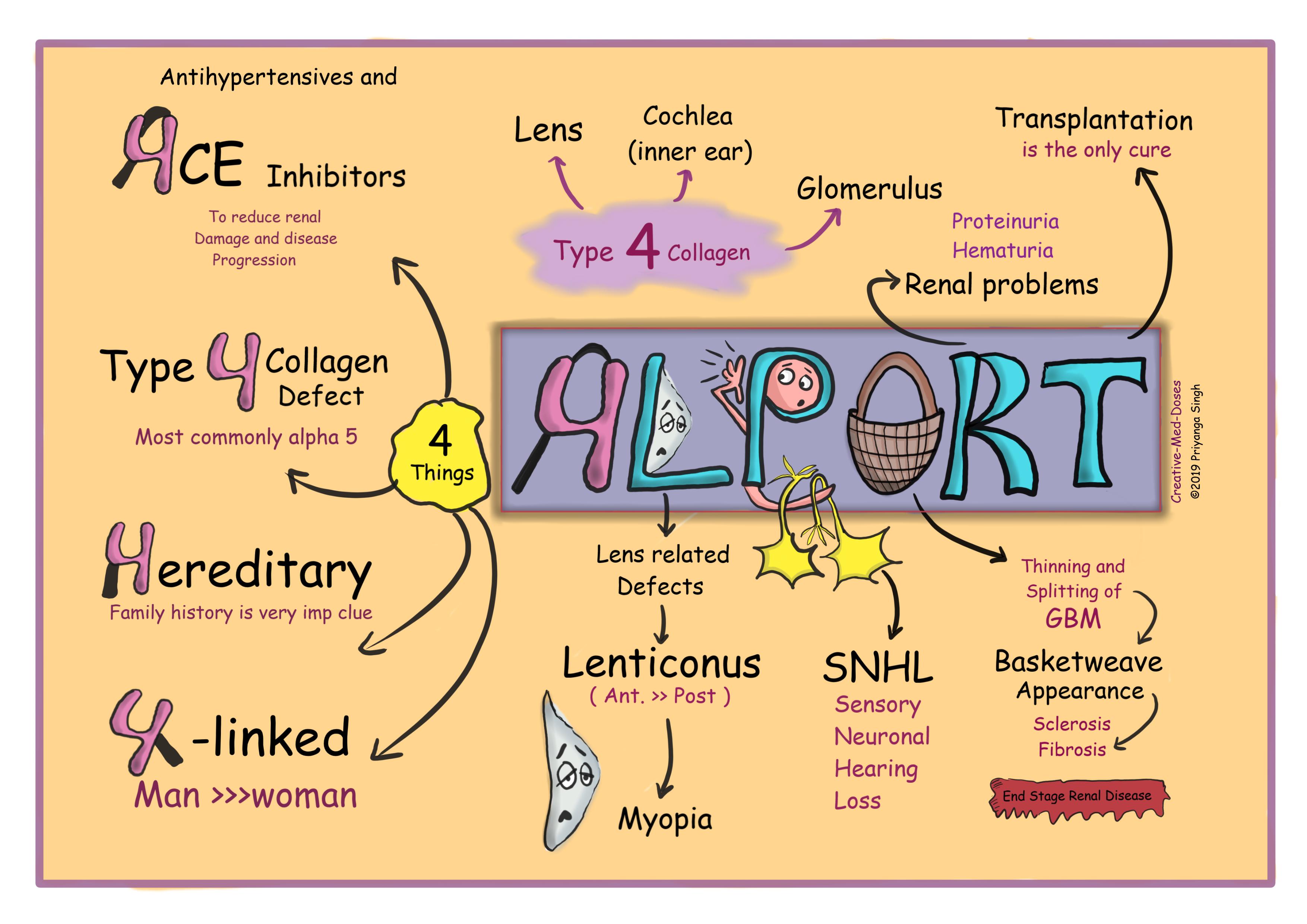






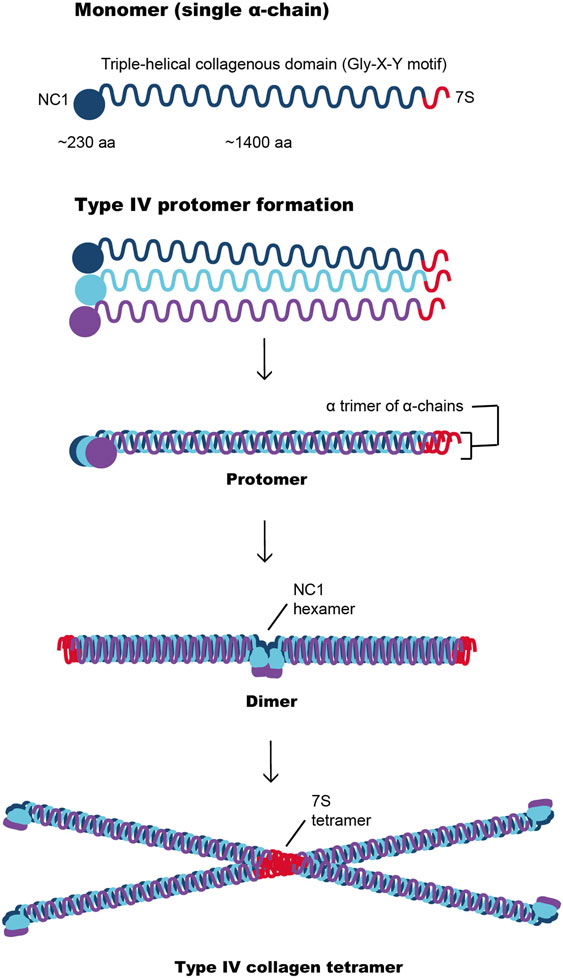




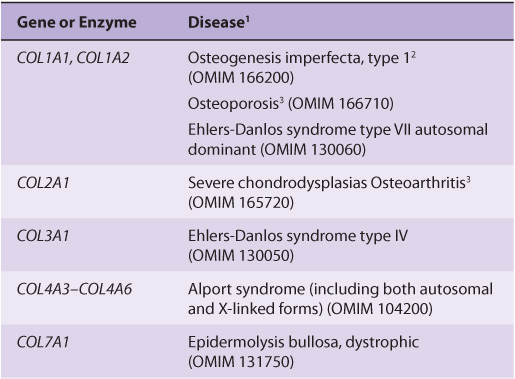






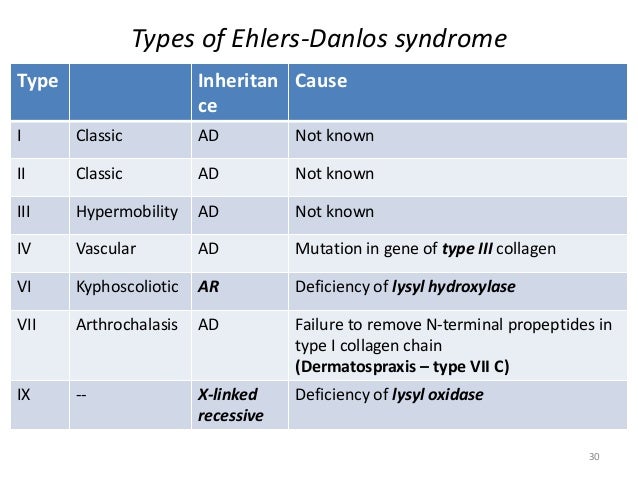
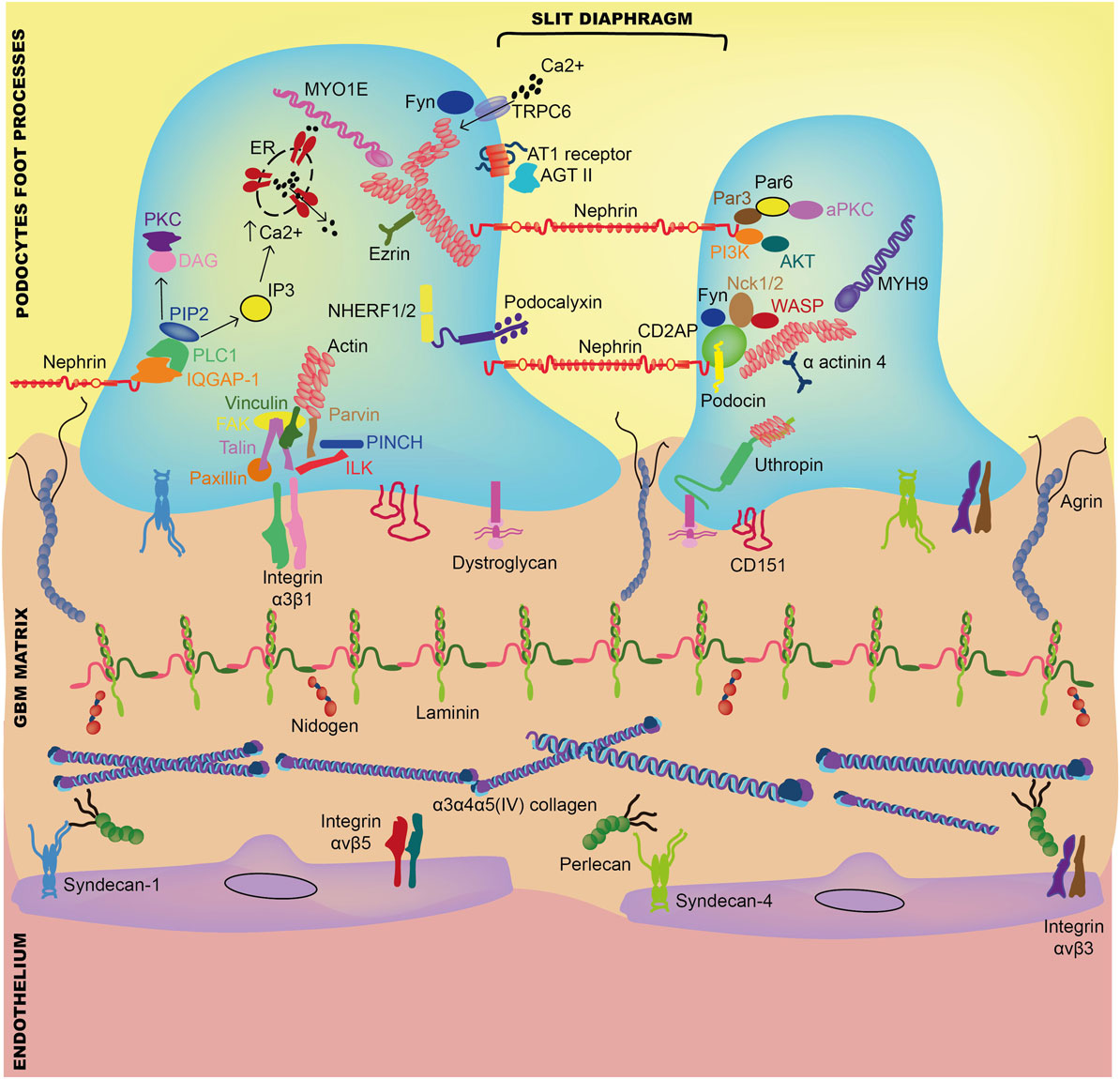
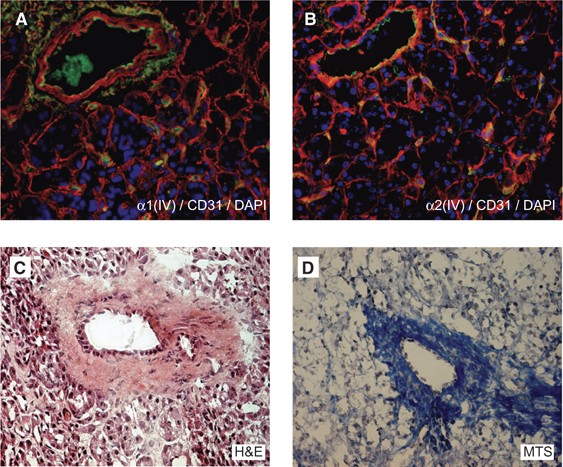







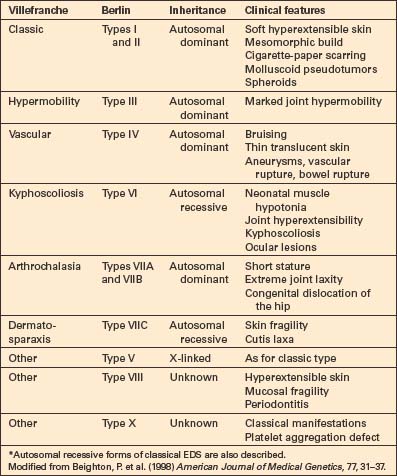
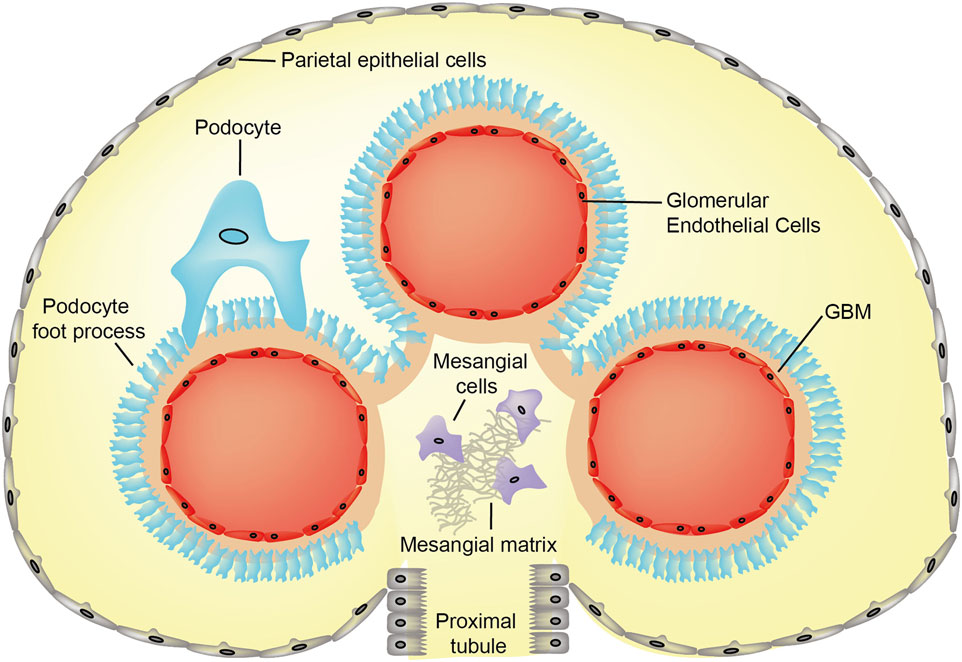







Post a Comment for "Type 4 Collagen Disease"